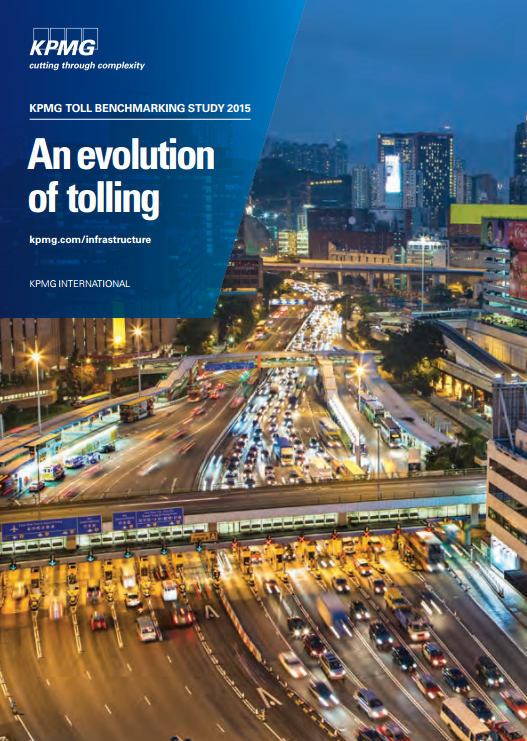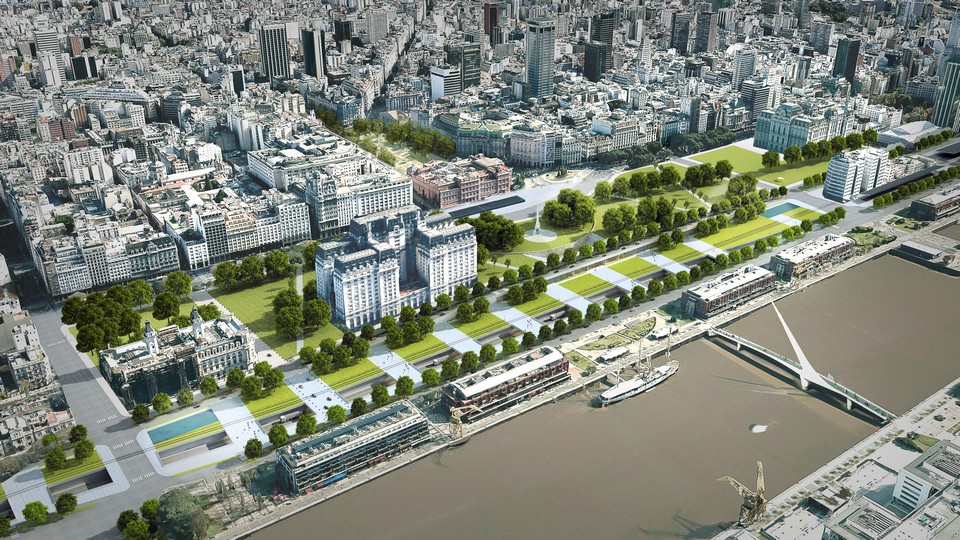91 results found

This series provides an overview of public-private partnership stories in various infrastructure sectors, where IFC was the lead advisor. This specific case relates to the NAIA Expressway project in Philippines.


This paper, prepared as background material for the Lifelines report on infrastructure resilience, summarizes the main findings on the risk faced by transport networks and users as a result of natural disasters and climate change, and the main recommendations for building more resilient transport networks.

The objective of the study is to strengthen capacity of geohazard disaster resilience of federal highway infrastructure in Brazil through reviewing disaster risk management (DRM) capacity for federal road infrastructure and case studies of applying innovative methodologies for assessing disaster risk and evaluating economic benefits of resilience countermeasures.

This study identifies potential competition issues to monitor and makes specific recommendations by country and topic.

ChinaRAP is a collaboration between the International Road Assessment Programme and the Research Institute of Highway (RIOH), Ministry of Transport (MoT). Launched in 2008, seed financial support was provided through the World Bank Global Road Safety Facility by Bloomberg Philanthropies and now ten times that amount is now mobilised by the Chinese Government.
The iRAP case studies showcase activities that are saving lives and preventing serious injuries on roads.
The paper applies indicator calculations to three case studies of proposed bypass roads in Japan to evaluate their resilience.

This brief outlines how better crash data can be used to improve road safety

The Indian government sought to construct a total of 200,000km of national highways by 2022, which required significant private investment
The data presented in this report show that progress has been achieved in important areas such as legislation, vehicle standards and improving access to post-crash care. This progress has not, however, occurred at a pace fast enough to compensate for the rising population and rapid motorization of transport taking place in many parts of the world.

The USD 700 million Paseo del Bajo project is a transformative road corridor project being developed by the City of Buenos Aires (CABA) in Argentina to ease traffic and improve connectivity between the North and South areas of the city.
Most public infrastructure investments in the US are made by individual states rather than the federal government
This compendium presents the best practices for the introduction and development of road asset management based on a desk review of the experiences in the 11 member countries of the Central Asia Regional Economic Cooperation (CAREC) Program.

The use of innovation mechanisms to enable investors to hedge their currency risk can attract capital to markets
The São Paulo government sought to expand the a 720km NE-SW road across the state of São Paolo, which had one of the highest traffic volumes in the country
This report thus attempts to address the economic impact of road safety, while providing a comprehensive overview of the challenge in estimating the social impact of road traffic injuries (RTIs).

The USD 1.1 billion Pennsylvania Rapid Bridge Replacement (RBR) Project is the first multi-asset public-private partnership (PPP) project to be undertaken in the US, using a bundled contract approach to replace 558 structurally deficient (SD) bridges across Pennsylvania.

The efficiency of toll roads is important. Not just for tolling operators, but also for governments, investors and the driving public.


The Toolkit is a reference guide for public authorities in developing countries for the development of PPP programs in the highways sector, particularly in assisting in PPP policy development, project preparation and the sourcing and more.

Pacífico Tres was created in 2014 to facilitate the construction of a c. 150km highway linking three of Colombia's most commercially important regions
This paper analyses how wider roads or more lanes can reduce vehicle emissions and help people be more mobile and efficient, longer roads can increase emissions, although not in a statistically significant way.









